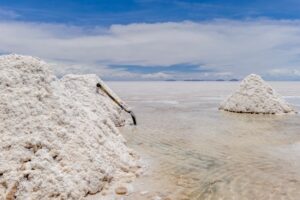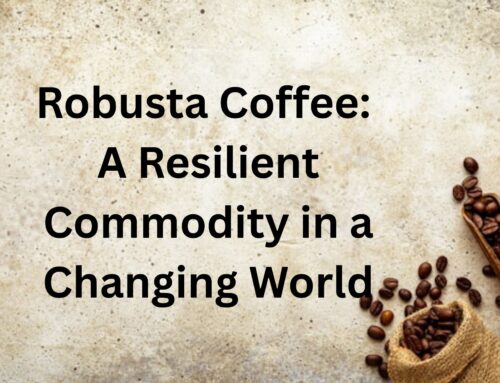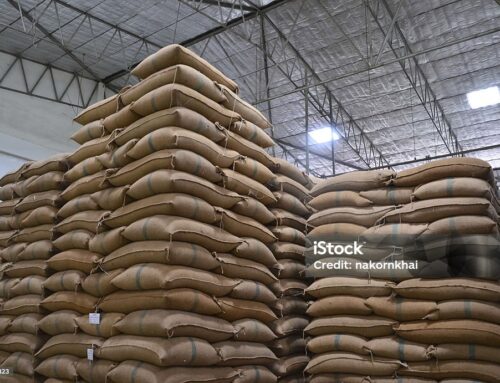The hum of electric vehicles, the glow of our smartphones, and the promise of a sustainable energy grid – all are powered by a single, remarkable element: lithium. This light, reactive metal has ascended from relative obscurity to become a cornerstone of the 21st-century economy, a commodity as vital as oil or gold. But its extraction, processing, and application are far from simple, raising crucial questions about economic development and environmental sustainability. Let’s delve into the intricate world of lithium, exploring its global footprint, industrial significance, and the challenges it presents.
1. Global Lithium Reserves and Mining Regions: A World of White Gold
Lithium deposits are scattered across the globe, though concentrated in specific regions. Understanding these locations is crucial to grasping the dynamics of the lithium market:
- The Lithium Triangle (Argentina, Bolivia, Chile):
- This South American region holds the lion’s share of the world’s lithium reserves, primarily in vast salar (salt flat) brines.
- Argentina and Chile are already major producers, leveraging their relatively established infrastructure.
- Bolivia, despite possessing the world’s largest lithium deposit in the Salar de Uyuni, faces challenges in development due to political and technological hurdles.
- Australia: The Hard-Rock Titan:
- Australia dominates hard-rock lithium production, extracting spodumene ore from pegmatite deposits in Western Australia.
- Its efficient mining operations and high-grade ore make it a key player in the global supply chain.
- China: A Strategic Powerhouse:
- China possesses both brine and hard-rock lithium deposits, strategically positioning itself as a major producer and processor.
- Its control over a significant portion of the lithium supply chain grants it considerable market influence.
- United States: Domestic Ambitions:
- The US has lithium resources in Nevada, California, and other regions, with efforts underway to boost domestic production.
- The Salton Sea in California holds significant potential for lithium extraction from geothermal brines.
- Canada:
- Canada has emerging lithium mines in Quebec and other provinces and is working to become a major player in the lithium market.
- Portugal and Zimbabwe:
- These countries have significant hard rock lithium deposits and have increased production.
- Mexico:
- Mexico has large deposits, and the government is working to ensure that the nation’s people benefit from the extraction of this resource.
2. Top 10 Lithium Importers and Exporters: A Global Trade Network
The lithium trade is a complex web of raw material flow and processed product distribution:
- Top 10 Importers (Lithium Compounds):
- China
- South Korea
- Japan
- United States
- Germany
- Belgium
- Finland
- Poland
- Canada
- Netherlands
- Top 10 Exporters (Lithium Compounds):
- Australia
- Chile
- Argentina
- China
- United States
- Russia
- Canada
- Portugal
- Brazil
- Zimbabwe
3. The Mining Process: Extracting Lithium from the Earth
Lithium extraction varies depending on the deposit type, each with its own set of challenges:
- Brine Mining:
- Lithium-rich brine is pumped from salar deposits to the surface and evaporated in large ponds.
- This process can take months or years, requiring significant water resources and large land areas.
- The resulting concentrated lithium salts are then processed to extract lithium carbonate.
- Direct Lithium Extraction (DLE) technologies are being developed to reduce water usage and increase efficiency.
- Hard-Rock Mining:
- Spodumene ore is extracted from pegmatite deposits through open-pit or underground mining.
- The ore is crushed, ground, and subjected to chemical processing, including roasting and leaching, to extract lithium concentrates.
- This process is generally faster than brine mining but has a larger ground footprint.
- Clay Mining:
- This is a less common method that extracts lithium from clay deposits through acid leaching. This method is still under development.
4. The Smelting Process: Refining Lithium for Industrial Use
Unlike iron ore, lithium does not undergo traditional smelting. Instead, it involves a series of chemical processes:
- Lithium Carbonate Production:
- Brine or hard-rock concentrates are reacted with soda ash to precipitate lithium carbonate.
- The lithium carbonate is then filtered, washed, and dried.
- Lithium Hydroxide Production:
- Lithium carbonate can be further processed to produce lithium hydroxide, which is preferred for high-performance EV batteries.
- This involves reacting lithium carbonate with calcium hydroxide.
- Lithium Metal production:
- Lithium metal is produced through the Electrolysis of molten Lithium Chloride. This is not used for battery production but for niche uses.
5. Industries Utilizing Lithium: Powering Modernity
Lithium’s unique properties make it indispensable in a wide range of industries:
- Electric Vehicles (EVs):
- Lithium-ion batteries are the dominant power source for EVs, driving the global shift towards sustainable transportation.
- The burgeoning EV market is the primary driver of lithium demand.
- Energy Storage:
- Lithium-ion batteries are crucial for storing renewable energy from solar and wind power, enabling grid stability and the integration of intermittent energy sources.
- Consumer Electronics:
- Lithium-ion batteries power smartphones, laptops, tablets, and other portable devices.
- Glass and Ceramics:
- Lithium compounds are used in the production of heat-resistant glass and ceramics, enhancing their thermal stability.
- Lubricants:
- Lithium-based greases are used in various industrial applications, providing excellent lubrication and high-temperature performance.
- Pharmaceuticals:
- Lithium carbonate is used in the treatment of bipolar disorder.
- Aerospace:
- Lithium alloys are used in the aerospace industry due to their light weight.
6. Lithium’s Essential Role in Economic Development: A Catalyst for Growth
Lithium’s strategic importance makes it a key driver of economic development:
- Investment and Job Creation:
- The lithium industry attracts significant investment in mining, processing, and battery manufacturing, creating jobs and stimulating economic growth.
- Export Revenue:
- Lithium-producing countries can generate substantial export revenue, boosting their economies.
- Technological Advancement:
- The demand for lithium drives innovation in battery technology, extraction methods, and related industries.
- Sustainable Development:
- Lithium-ion batteries play a crucial role in the transition to a low-carbon economy, promoting sustainable development.
7. Environmental Impacts: Balancing Progress and Sustainability
Lithium mining and processing are associated with environmental concerns:
- Water Consumption:
- Brine mining requires significant water resources, potentially impacting local water availability and ecosystems.
- Land Degradation:
- Open-pit mining can lead to habitat destruction, soil erosion, and landscape alteration.
- Chemical Use:
- The processing of lithium ore involves the use of chemicals that can contaminate water and soil.
- Evaporation Ponds:
- Evaporation ponds can cause dust storms and negatively change the local water table.
- Mitigation Measures:
- Improved water management practices, including recycling and reducing evaporation.
- Rehabilitation of mined areas and restoration of ecosystems.
- Development of more sustainable extraction and processing technologies, such as DLE.
- Increased recycling of lithium-ion batteries.
Lithium is a vital commodity and will continue to grow in importance.





